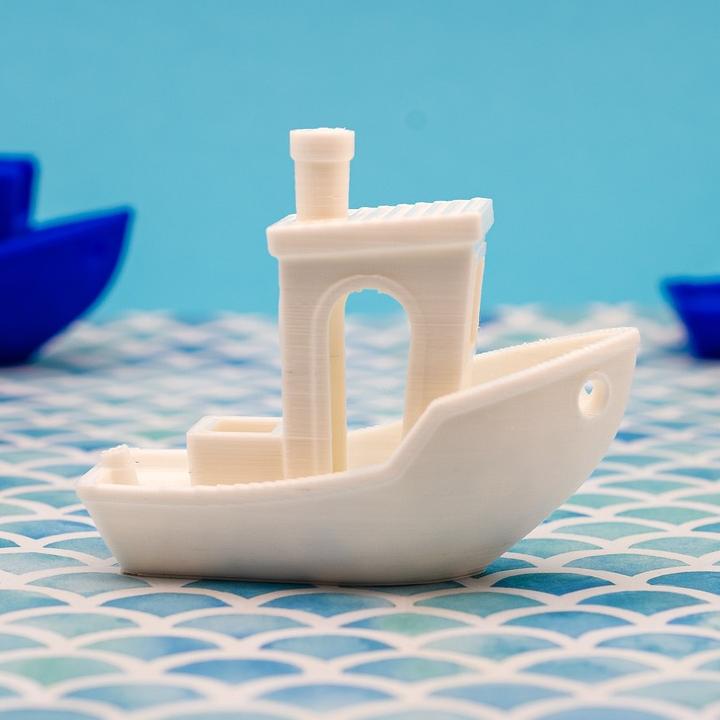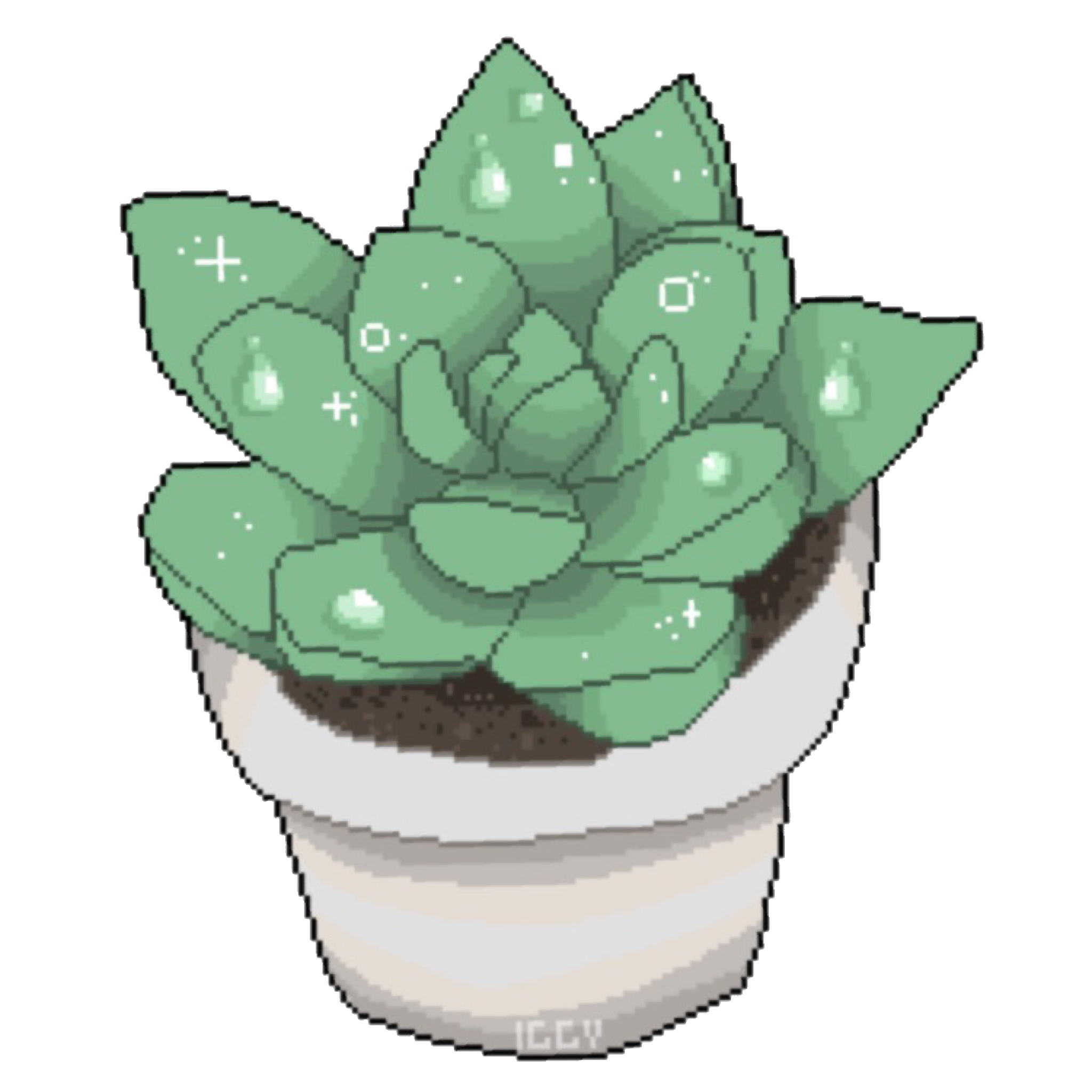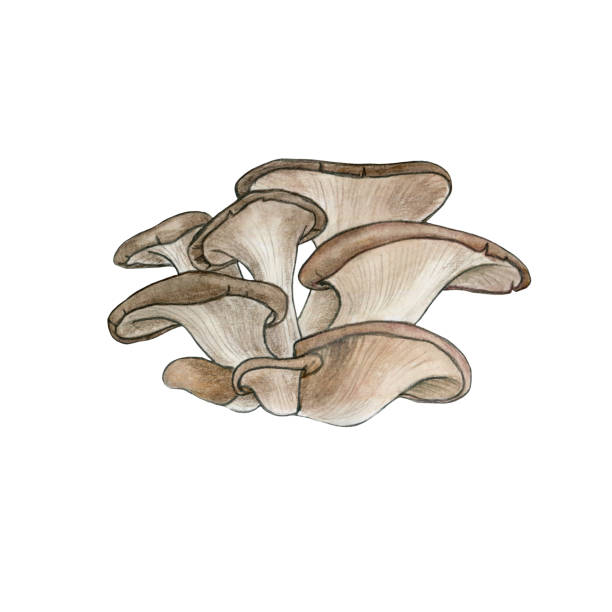Günther Unlustig 🍄
Peter Lustig’s unlustiger verschollener Sohn mit weirden Interessen und Gadsen.
🇩🇪 DE/EN 🇬🇧
<Explaination for anyone not knowing obscure German media>
Peter Lustig used to be the moderator in an old German kids science and nature series called “Löwenzahn” (Dandelion) who shaped our generation.
He also shaped my childhood, and I want to honour him.
My real name also isn’t “Günther”, it’s just a reference to “Olaf, Olaf, Olaf, Günther” from Spongebob: The Movie, because I wanted it to sound like a real name and it makes conversations easier.
- 279 Posts
- 589 Comments

 1·3 days ago
1·3 days agoI see that I have mixed up a lot of things, between things relevant for soil and hydro. So your recommendation seems to be not to try to mix because it is counter productive, and if I use some compost-based approach I should stick with organic fertilization?
While organic vs. “hydro” is more of a spectrum and in some cases hard to define, I’d say it’s better to clearly separate them to get the most benefits out of each concept.
Soil feels like a “black box” and more of a vibe thing
That sums it up very well.
When growing organically, you can let the microbes (and small critters) do the work for you. You don’t know what they do, but they just do stuff, and you don’t or can’t worry about it.It’s more of a layed back thing.
Weeds now don’t exist anymore, they’re now just called “cover crops”, and pests don’t demolish your crops, they’re just waiting to get eaten by other beneficial insects 😁Indoors I’m pretty interested in doing “hydro” in coco coir, because I can store a lot of it dry and compact in the basement for years and not worry about insects or mold.
Maybe read my guide on passive hydro with LECA. It has similar benefits, but is completely inorganic and my substrate of choice.
become too dependent on some “fertilization system” supplier and if I only learn to paint-by-numbers I don’t learn any transferable knowledge
Fertilizers are mostly the same. They all use the same ingredients in one form or another.
You can easily switch from T.A. to Plagron to Masterblend for example, that shouldn’t be much of a problem.
You still need to get a bit of experience, but I find it way easier to diagnose problems and trends.
And I can read info about hydroponics and apply it to growing in coco or something else which is non soil or are there some caveats? Because I’m not planning to have a hydro tank system, just interested in non-soil substrates.
While the two disciplines seem to be separated from each other, you can still greatly benefit from mastering both.
For me, hydro mostly just means soil-less.I thought it was mineral which is intended for soil, and now I’m confused as you said not to do such things. Thought organic fertilizer must be some worm humus or plant material or other stuff they add into soil, like indirect complex compounds of something decaying which is broken down by micro organisms, and that liquids are always mineral NPK mixes with immediate availability, or is that assumption completely wrong?
You are correct. The effects of synthetic fertiliser on soil is sometimes a bit exaggerated. Microbes are kind of tolerant to minerals, it’s just that you steal their jobs and weaken the connection between them and the plant. Read more about mycorrhizal networks if you’re interested in that topic :)

 3·3 days ago
3·3 days agoFeel free to also join !gruenerdaumen@feddit.org if you want to see German content or !hydroponics@slrpnk.net for hydro stuff :)
I can answer you pretty much any question you asked in detail, but I have to keep it more brief, because answering everything extrensively would take hours. Just ask if you are interested in something and want to know more.
pure coco is a bit like dry hydroponics
There is no dry hydroponics. Hydro doesn’t mean something has to sit in water, just that it doesn’t eat decaying matter (soil).
Is this kind of substrate to be treated as organic or as mineral approach? The compost probably adds the typical soil properties including the buffering of pH and EC and taking care of fertilization.
The other ingredients in there besides compost mostly add structure and prevent waterlogging.
Mentioning EC in soil doesn’t make much sense, and dissolved salts don’t get buffered much afaik, how should they?
Once the compost is depleted, can I consider it to be like a non-soil grow?
Nope, just organic, but now with depleted soil :D
You can add organic fertilizer, which is basically “ultra compact compost” if you see it like that.I wouldn’t add mineral fertiliser into organic soil, because it will heavily disrupt the soil life.
I got a pH/EC sensor to check my water and the drain coming out
Soil ≠ Hydro. Measuring something in soil doesn’t work that easily than in hydro, and you can’t change that stuff anyway, at least not that fast and easily.
I’ve had pH values of 8 in soil and still the plants looked fine. I believe the mycorrhizal networks can change nutrient uptake.
The pH in soil is often controlled by the microorganisms living there.diluted a pH- down based on diluted citric acid to normalize my water to 6,5pH, which seems like a good starting point for any situation.
Citric acid will break down by bacteria, and then the pH will be way higher than what you’ve started with, at least in my experience.
I recommend you to buy proper pH down, usually based on Phosphoric acid.
Also, definitely use pure water, e.g. rain, distilled or reverse osmosis.
Tap water has a lot of minerals in it, which add a lot of “crap” to your nutrient solution, which will cause the nutrient lockout you mentioned you had with your tomatoes.I tried anything (boiling, diluting, whatever) and always came back to pure water, because I always had problems with tap water (Germany, like you).
pH swings and deficiencies, even at proper pH, are pretty much guaranteed, at least from what I’ve heard and experienced. If you have a crap load of calcium, acids in there, they will complete with the nutrients.
Does it make sense to follow some generic approach (like keeping pH/EC in certain ranges in certain growth stages)?
Half the recommended strength (or just pure RO water) for seedlings, normal strength for everything else that’s leafy (houseplants, growth phase of veggies, etc.) and 1,5-2x strength for flowering or fruiting plants.
I personally run ~ 1,0 mS for most stuff, and 1,5 mS for flowering.
Measure the EC regularly, and if it lowers, add more fertilizer next time.Depends on your humidity/ evaporation and light intensity.
I do not want to use commercial fertilization formula schemes. I want to work with standard off the shelf mineral fertilizers. Is it possible to get decent results with that?
I use Masterblend for everything and like it a lot. Weed, houseplants (orchids, calathea, etc.), you name it. They all thrive.
It’s cheap and works well. Maybe I’ll change my mind someday, but at least for now, I can recommend it.
I made a life hack post on how I dose it if you’re interested.
My advice for you in general is to invest in proper hydro stuff and not to find workarounds for everything. I tried that and failed miserably.

 2·3 days ago
2·3 days agoI wouldn’t bother with seeds tbh. Starting seeds is playing genetic lottery, and you might end up having weak plants.
I’d use wild occuring ones if I were you. The whole selection game has already been played there for you.
You can also create a “bandage” and keep it wet. That will cause roots to form there

 3·3 days ago
3·3 days agoAlso mein nächster wird ein Prusa.
Mir ist besonders die Reparierbarkeit und Support sehr wichtig geworden, weil der Hersteller von meinem jetzigen China-Mist einfach in der Versenkung verschwunden ist…

 2·3 days ago
2·3 days agoBisher noch ziemlich nichtssagend.
Frisch war sie schon recht gut, da roch sie sehr nach Zeder.
Gerade ist sie in dieser “Schmeckt nach nichts”-Phase.
Ich rechne damit, dass der Mief bald kommen wird ;) Ist ja erst vor ner Woche geschlachtet worden

 5·4 days ago
5·4 days agoFliegengitter und ein Balkon voller Spinnen, fleischfressende Pflanzen und Solitärwespen scheint auch zu wirken ;)




Die Fotos waren nur von gestern alleine!

 3·4 days ago
3·4 days agoI can’t speak for huckleberries, but what I’d do maybe is to take a locally growing strong huckleberry and take a cutting off it. The plant doesn’t have to be pretty, heavy fruit bearing, or whatever, just the most vigorous one.
Grow it to a small trunk, and then graft a heavy fruit bearing cultivar on it. By doing that, you’ll get the best out of two worlds: a locally native and strong root stock, and highest quality fruit.
Regarding seed starting, I already made a post about it. Here it is

 2·4 days ago
2·4 days agoÜber Smart Home habe ich auch schon nachgedacht, aber ich hätte gerne etwas analogeres.

 3·4 days ago
3·4 days agoHmm, ich höre seit 10 Minuten kein “Quellkartoffeln und Dup Dup” mehr, ich geh mal nach dem Wasser schauen.
Das Handy in the meantime:


 2·4 days ago
2·4 days agoThat’s the spirit! The best way to learn something new is often to break it first, and then to fix it and see how it works underneath.

 6·5 days ago
6·5 days agoI’m baffled. Thank you so much!
It’s way too rare seeing people complimenting each other, and sometimes/ often it feels like most of my effort is just wasted.
Rarely, I receive compliments like these. But, very often, just at the right moment.
Thank you stranger 💚

 4·5 days ago
4·5 days agoDo you know where I can find Borax locally for reasonable prices?

 7·5 days ago
7·5 days agoThanks mein Freund, then I’ll think about buying an Ameisenblaukorngiftköderfallendose if needed 👍

 4·5 days ago
4·5 days agoAny tips on how to get rid of them?

 20·5 days ago
20·5 days agoYou damaged remaining roots and put it under a grow light. This caused severe dehydration.
It’s hard to say if you can still save it. But with these steps, you might:
- Place it under a humidity dome (or plastic bag) and mist the dome, not the plant, regularly with distilled water. This allows the plant to breathe again without dehydrating it further.
- Decide what setup you want to use. And then stick with it. Every repotting it highly stressful.
Since you said semi hydro, do you want to use a submerged setup, or something else? Submerged is best with LECA or bigger pumice rocks.
Pon or perlite wicks too much when standing in nutrient solution, which will keep the surface constantly wet and causes a toxic fertilizer crust to form, plus algae and mold.
I also had the experience that they are not aerated enough and I had to struggle with root rot. They require different setups, e.g. Lechuza pots or wicking pots, plus dry periods.
I personally strongly prefer LECA for myself and my setup. - You can make use of foliar feeding with highly diluted fertilizer in a spray bottle if you want later. The plant will cannibalize itself to form new roots, and spraying it aids to prevent that. Only do this if you have experience. Same with hormones. Auxins may help, but again, not essential and better used with caution.
- Place it into lower light. The root formation doesn’t take lots of light.
- Keep the media moist, but not wet.
All of that is a huge pain. That’s why I always try to get cuttings of plants I want first and then, as a second choice, convert it into hydro.

 1·6 days ago
1·6 days agoThanks! <3
I’ve never had to fight any pests indoors, besides some aphids maybe.
They are all extremely easy to manage in my experience, and I guess most of my plants are strong enough to fight for themselves.
Those that were affected by pests were also the ones that were already struggling somewhere else (e.g. nutritional deficiency)
Moderates








Does this count too?
I already posted this on !balconygardening@slrpnk.net. .
I’m purposefully growing duckweed on my balcony.
I’m doing !hydroponics@slrpnk.net, and by doing that, I have lots of waste water with still good fertilizer in it.
Duckweed is one of the fastest growing, nutrient densest and least demanding plant out there, and you can just scoop it out with a strainer.
It’s exponentially growing and if you don’t wanna eat it, it makes great organic fertiliser or animal feed with lots of protein and micronutients!